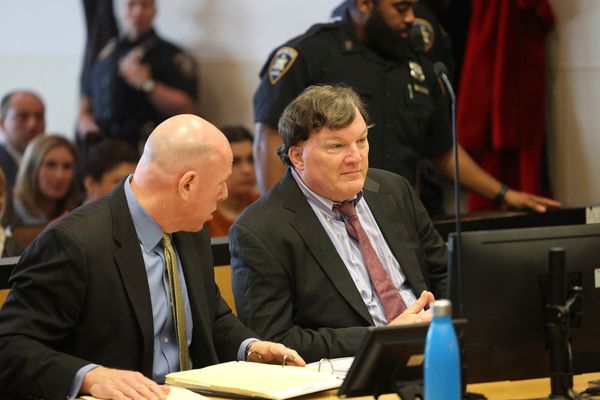
Good morning,
For many board members, an end-of-year holiday break can’t come soon enough.
“Exhaustion” is the word that Dan Kaplan, senior client partner for the CHRO practice at Korn Ferry, who also advises boards, says he’s hearing “everywhere.” Where once it was mostly senior leadership teams who remarked that work had become an endless marathon, it’s now corporate directors who are just as likely to feel strained. Board members say that meetings are longer, the prep work is heavier, and business calls between meetings are more frequent.
Board burnout is so real that even the high achievers who gravitate toward board jobs are starting to question whether they can continue, says Kaplan. As more CEOs and C-suite leaders leave companies—often because they too are suffering from overwork—boards are being forced to take on even more.
That’s bad news for everyone, not only the executives putting their health at risk. Constant fatigue can lead to directors mentally checking out, skipping meetings, and making bad decisions. Add board burnout to a stressful CEO transition and “it's a recipe for disaster,” says Kaplan.
How did we get here?
Burnout is caused by prolonged intense work during lengthy periods of chronic stress, and the last few years have given rise to a few factors exacerbating those conditions for directors. Boards have faced more skirmishes with activist investors, pressure to hit environmental and social goals (while not triggering anti-ESG backlash), cybersecurity breaches, turmoil within their workforces, and more.
Since the pandemic began, boards have taken on a wider range of issues that were previously handled by the CEO and other top leadership, says Coco Brown, founder and CEO of Athena Alliance, a membership organization for executive women. Directors have also begun to get more directly involved with companies to figure out succession issues, and investigate company culture, she adds. “The clear line of delineation between board and management is becoming fuzzy,” says Brown. What she often hears from people who have recently landed their first board seat is: “Oh, my gosh, this is so much work. Is it worth it?”
Beating burnout
In a way, board burnout is a good problem to have. It’s a sign that boards have moved into the spotlight, and that good corporate governance is being prioritized.
But Brown believes the old model of boards as a “last hurrah” before an executive’s retirement wasn’t built for today’s demands. More boards “need to invest in stepping back and saying, ‘Hey, look, if we were to redesign this, how would we design it?’” she suggests. In some cases, that might mean adding more board members or limiting the number of board seats that someone can hold.
Individual directors who are worn out could also just quit, but that doesn’t come easy to directors, says Brown. Board seats bring prestige, and they’re hard to get in the first place, so people don’t want to let them go. To prevent spreading themselves too thin, though, she says, directors need to acknowledge how the job has changed and right-size their portfolio accordingly.
Some board members may also need to “move out of the way and allow some new blood,” according to Kaplan. For years, companies have been talking about the need for digital, supply-chain, or HR expertise in the boardroom, he explains, adding, “There is a very significant supply of individuals who are eager to serve.”
He advises chairs to also check in with directors and ask: “How are you? Are you inspired? Are you up for another year of this?”
Pay special attention to the board members who may feel like the “lone voice” in the room, says Elaine Eisenman, chair of the Private Directors Association, an industry group. The young person on a board who is pushing for accelerated digital investments, for example, or the sole member of a marginalized group who is expected to be the board’s DEI expert may need personalized support and an empathetic ear.
Lila MacLellan
lila.maclellan@fortune.com
@lilamaclellan







